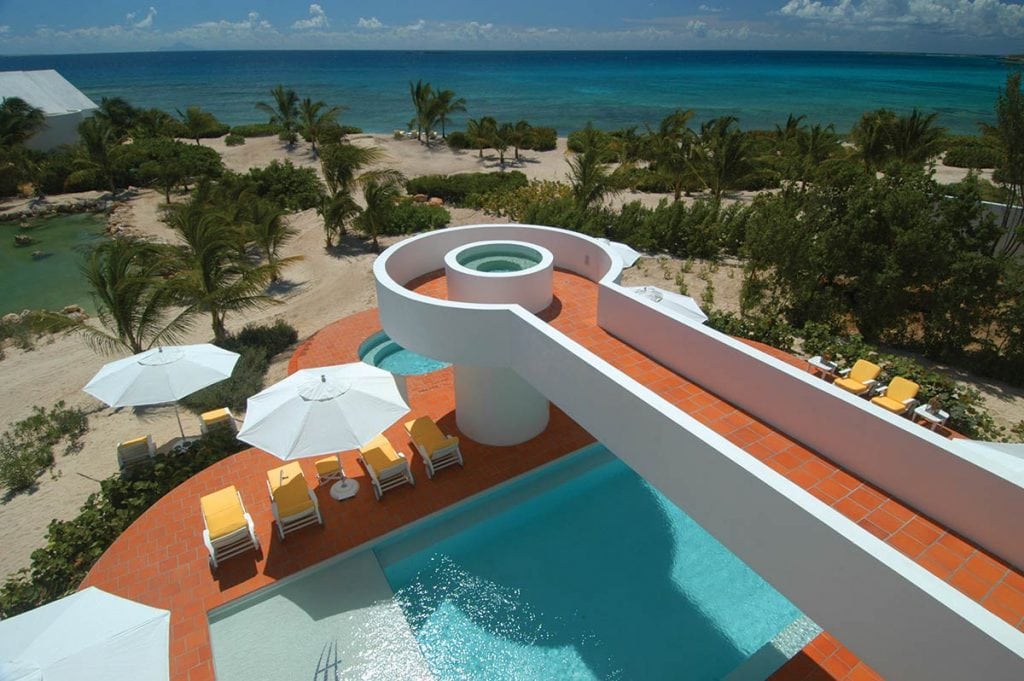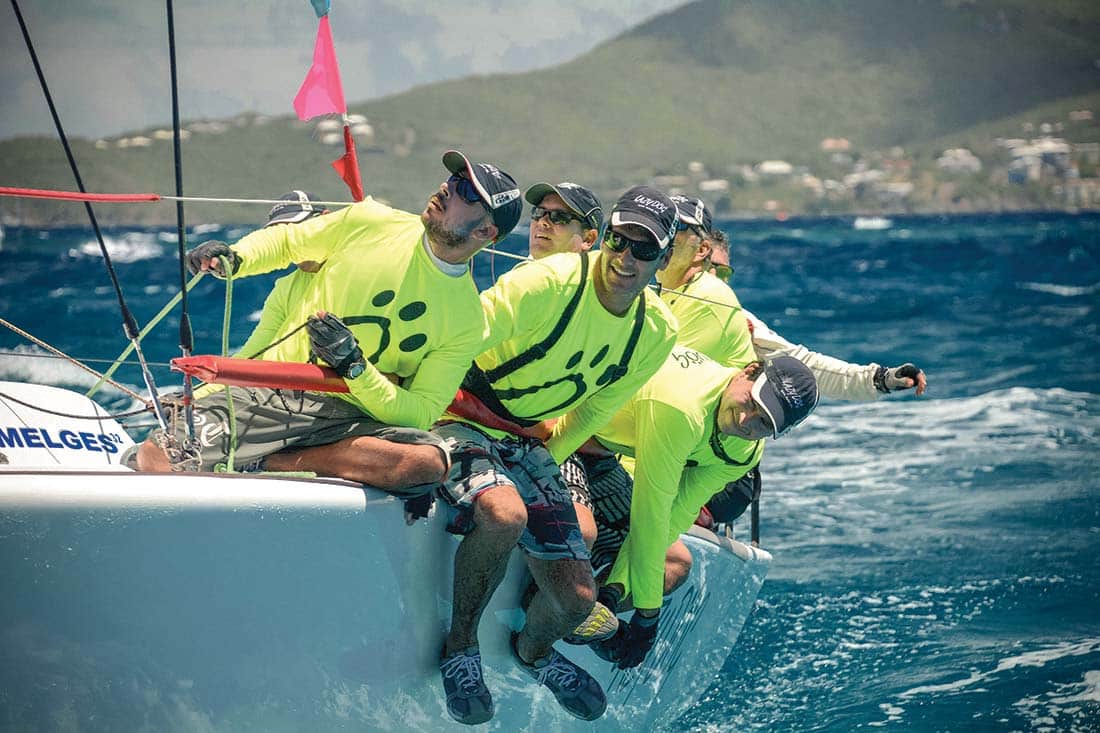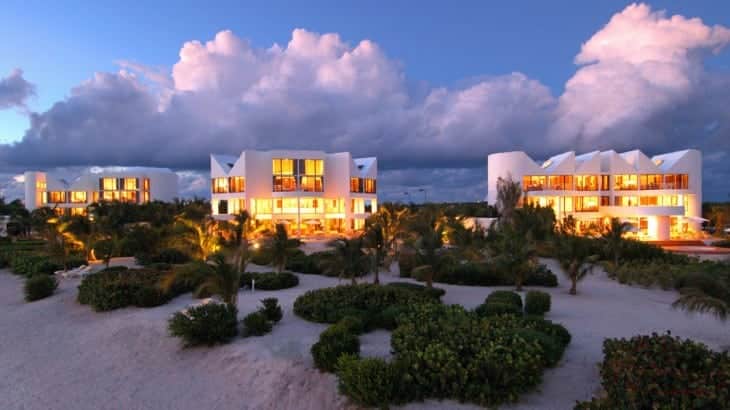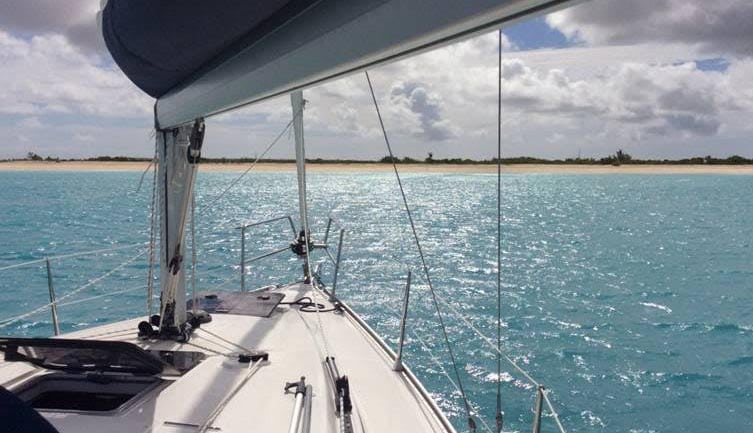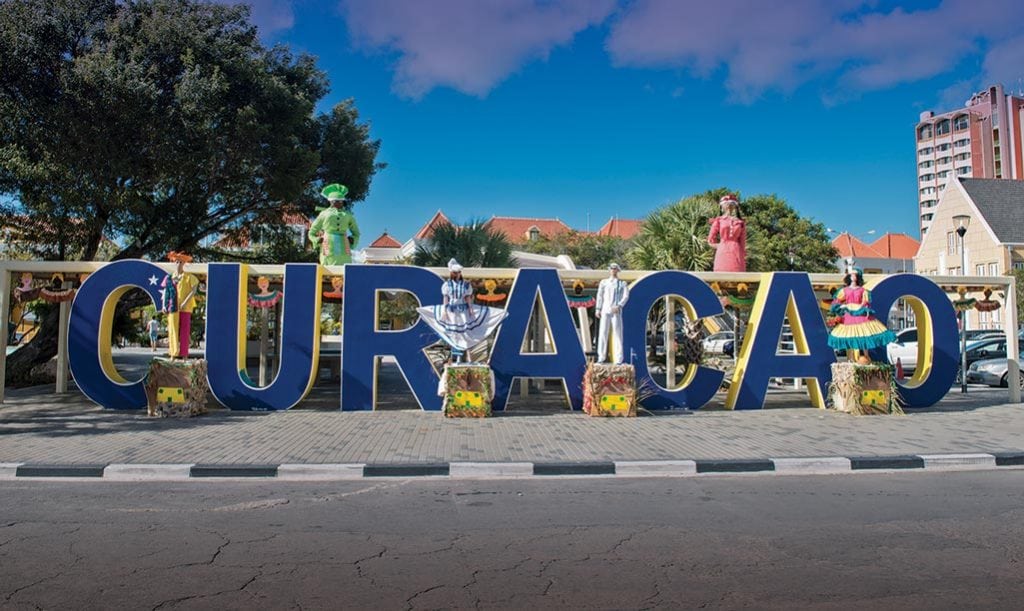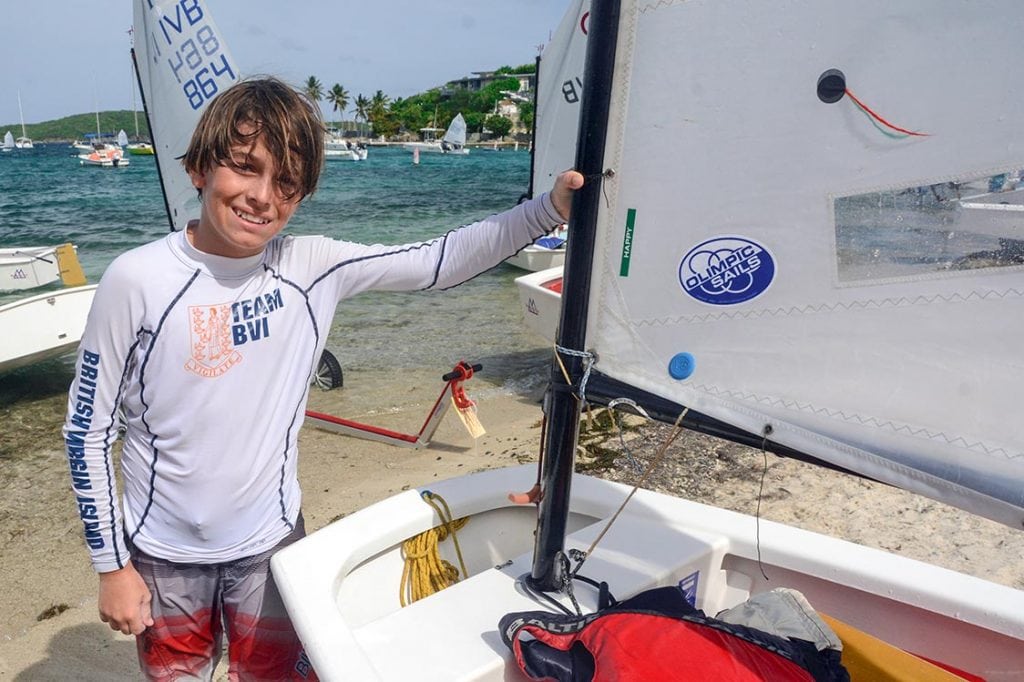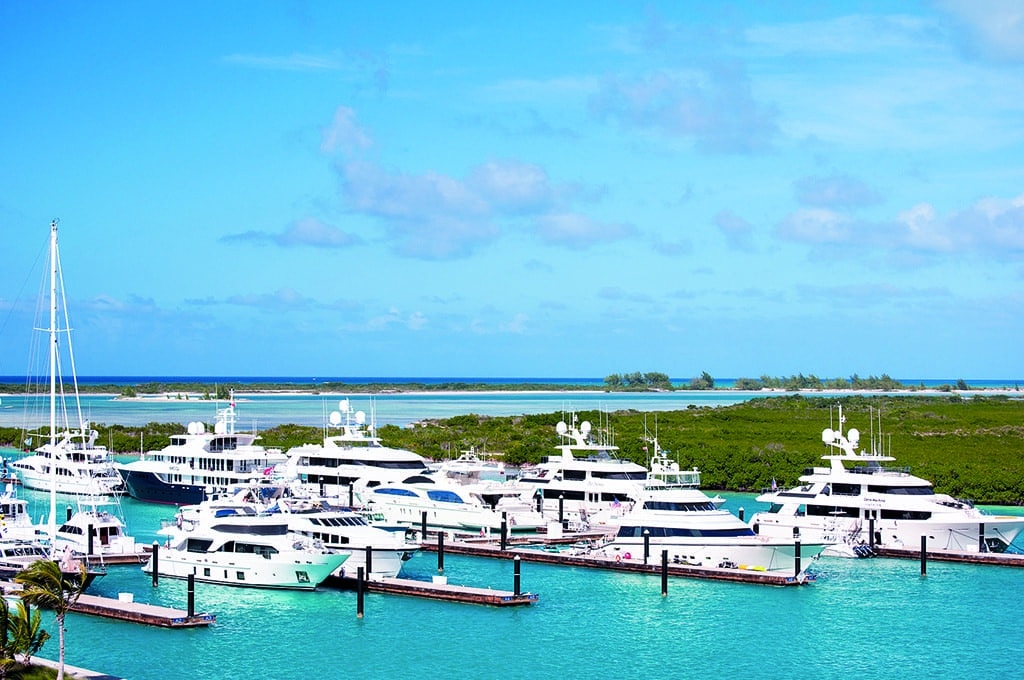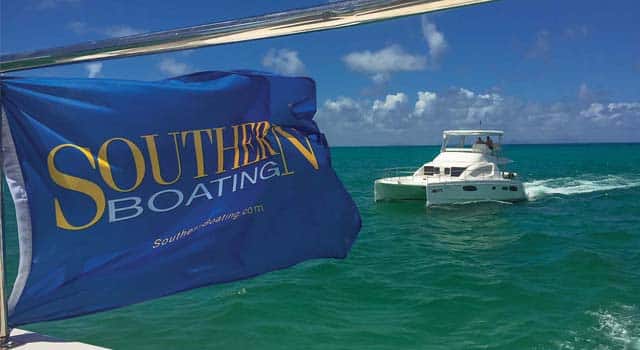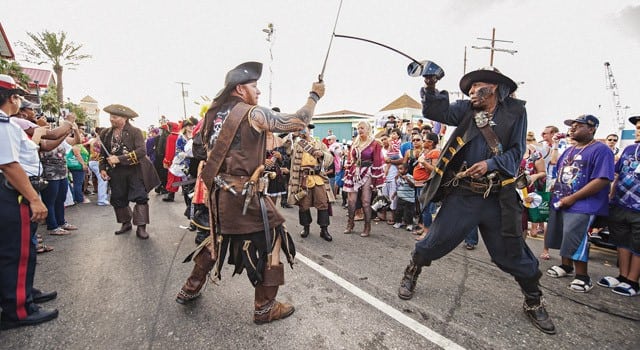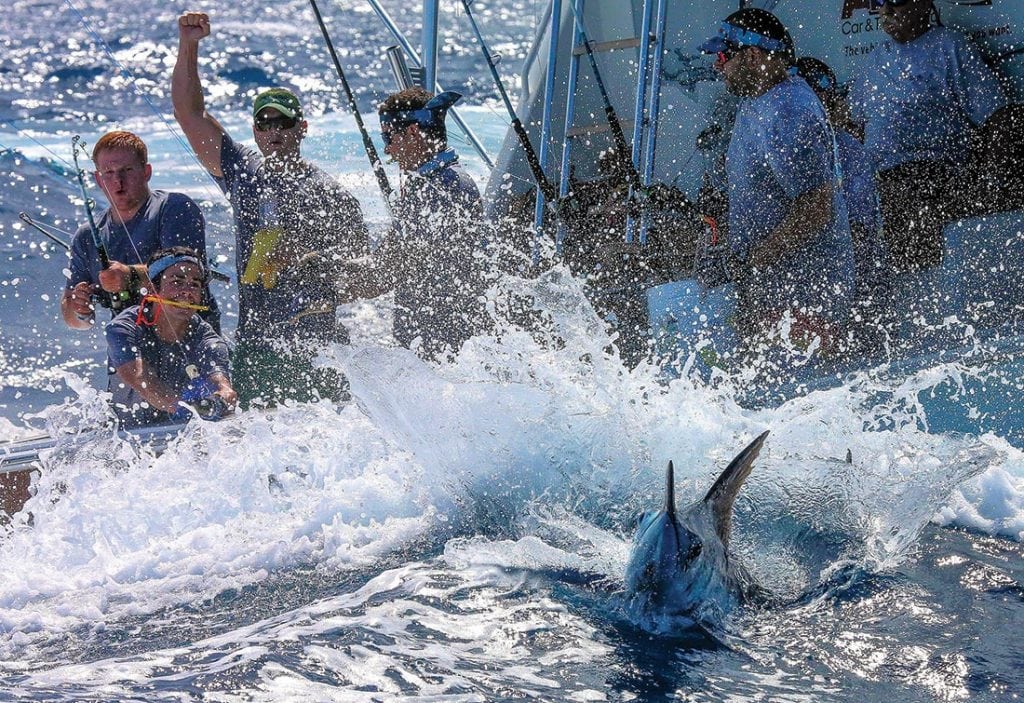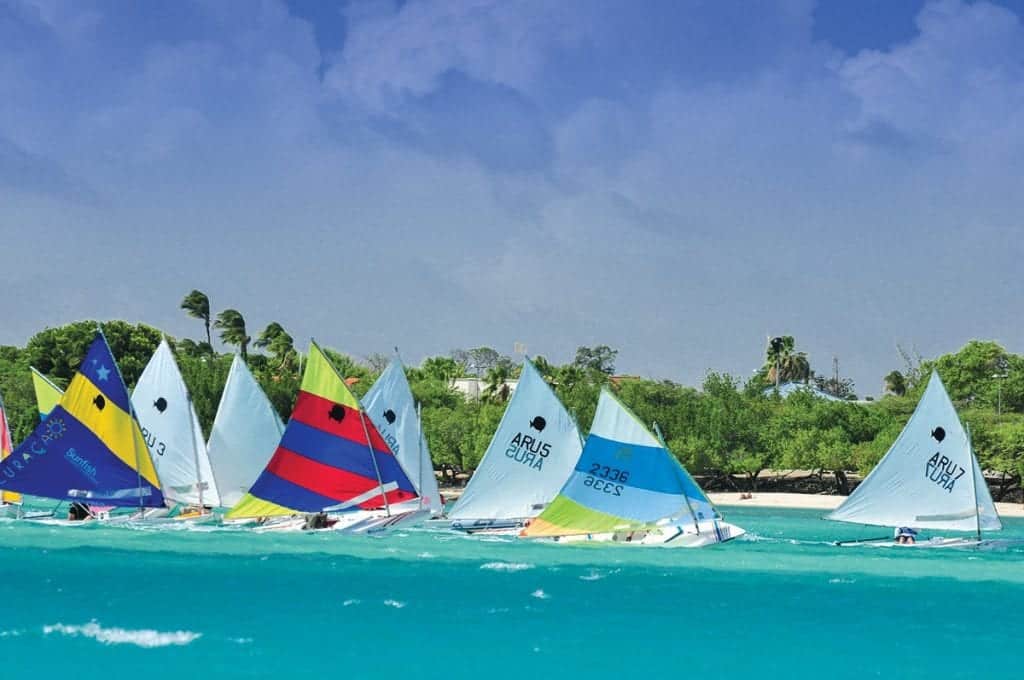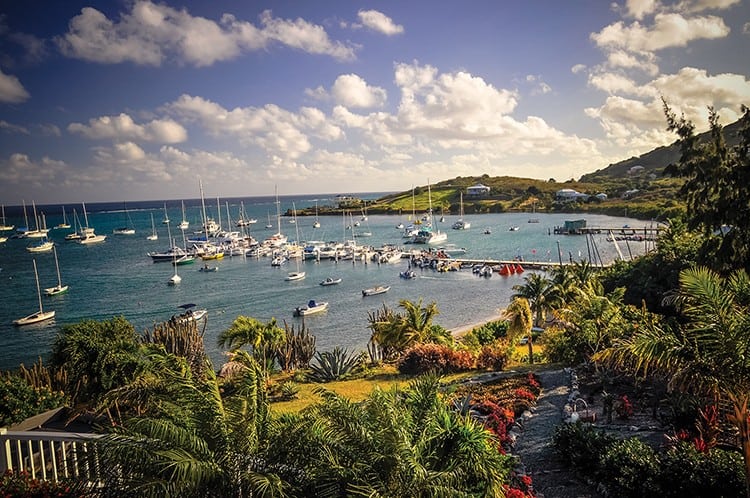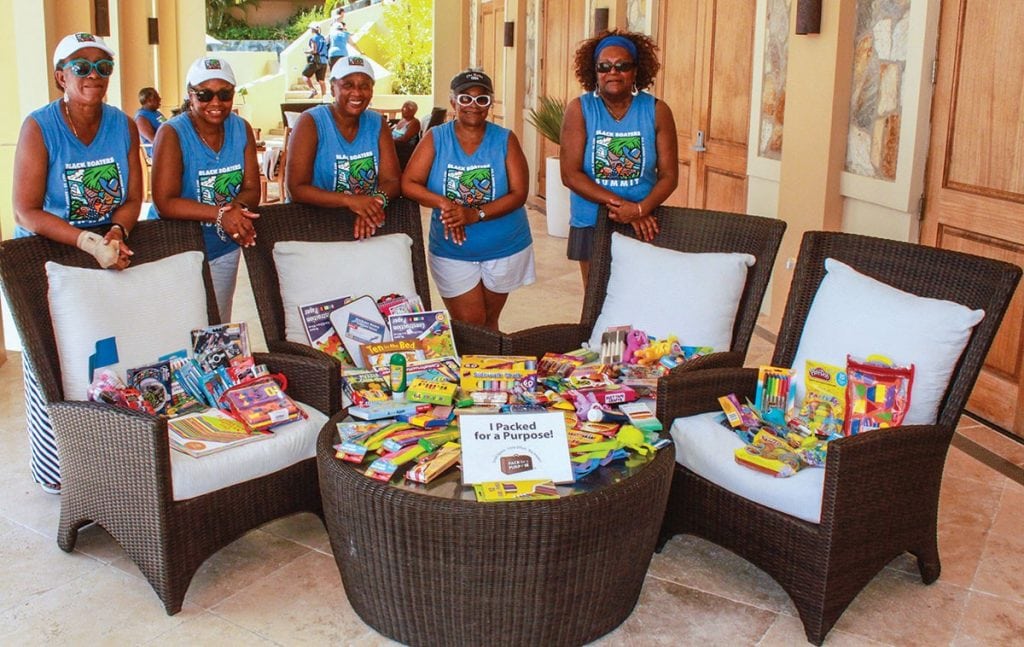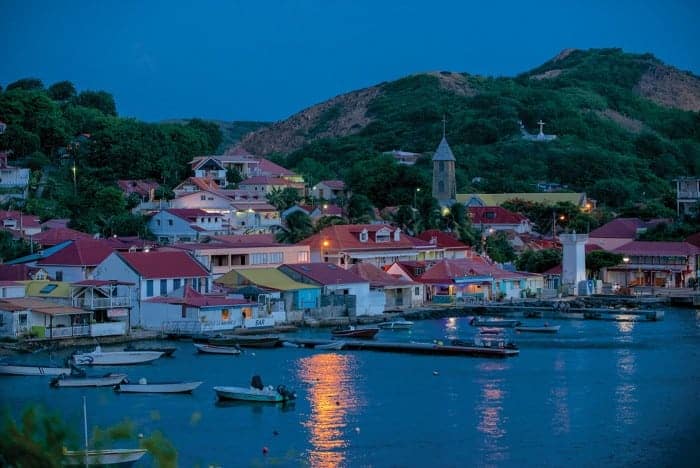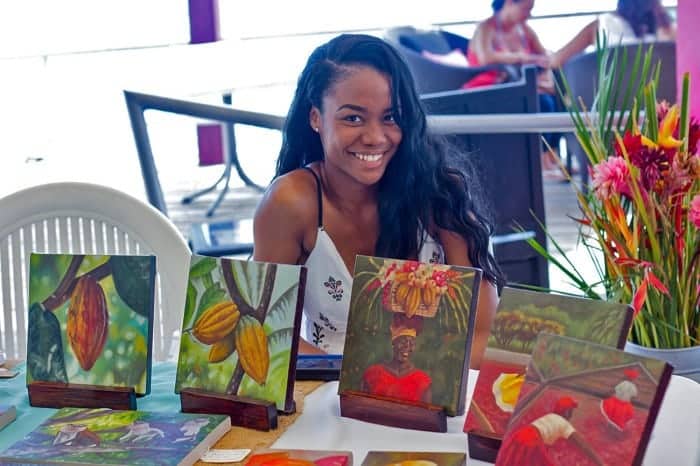Caribbean
Monthly Regional Reports for the Caribbean are posted the first week of each month so you’ll find the best of the Caribbean! The Caribbean islands offer an array of experiences for boaters. From unique cultures in St. Maarten to world-renowned diving in Belize, the region has it all. Southern Boating’s articles provide helpful insight into traveling the Caribbean by boat—including features on regions such as: Puerto Rico, Antigua, Belize, Grenada, St. Maarten, the British Virgin Islands, Aruba, St. Lucia and more. Monthly updates include news about events, fishing tournaments, and sailing regattas. Detailed cruising guides can be found in thoroughly researched articles by Southern Boating experts.
Marinas, music and racing
The 35-square-mile island of Anguilla sits right in the middle of the Caribbean’s prime megayacht cruising grounds, with the U.S....
Read moreDetailsIt’s regatta time!
Three of the Caribbean’s biggest regattas take place this month: The St. Maarten Heineken Regatta, St. Thomas International Regatta and...
Read moreDetailsAnguilla’s Altamer Resort
First megayacht resort to come Altamer Resort, a collection of beachfront boutique villas on Anguilla’s Shoal Bay West is set...
Read moreDetailsSweethearts of the Caribbean
Classic yachts and wannabes rule the seas at the 38th Sweethearts of the Caribbean and 34th Classic Yacht Regatta. This...
Read moreDetailsA Musical Awakening in Curaçao
Curaçao awakens the senses According to a number of scientific studies, the brain of a person who’s born blind or...
Read moreDetailsRegattas for all seasons
Wind, warmth and wondrous line-of-sight navigation make the Caribbean one of the most spectacular places in the world to sail....
Read moreDetailsIGY Marinas, “Inspire Giving Through You”
Start off your year just right by upholding your community service resolution. IGY Marinas, the worldwide marina network, presents its...
Read moreDetailsForever Anew, British Virgin Islands
Island hop this cruiser’s paradise in which scenery, characters and proximity appeal to novice and experienced boaters alike. The dinghies...
Read moreDetailsSailing rallies, swashbuckling fun and superyachts
Sailing rallies, swashbuckling fun and superyachts It’s easy to cruise to the Caribbean this fall. Just join a rally! Cast...
Read moreDetailsPuerto Rico’s International Billfish Tournament
Sample traditional Latin flavors and rhythms at Fiesta Típica, the signature shore-side event part of Club Náutico de San Juan’s...
Read moreDetailsHead South to the Aruba Regatta
Big boats, beach cats and board sailors will all find a class in which to compete at the International Aruba...
Read moreDetailsSt. Croix
The Big Island St. Croix is set apart from her U.S.V.I. sisters but well worth the journey. Arrive by sea...
Read moreDetailsStart a Grenadines sail at St. Vincent’s Blue Lagoon
Pack for a Purpose In 2009, Rebecca Rothney of Raleigh, North Carolina, came up with the idea of encouraging travellers...
Read moreDetailsGuadeloupe
Picturesque villages welcome and authentic French-Caribbean cuisine lures explorers to this French West Indies island gem. Once known to local...
Read moreDetailsChocoholics flock to Grenada
Grenada is nicknamed “The Spice Isle” for its production of nutmeg—it’s the second largest growing and exporting nation in the...
Read moreDetails

